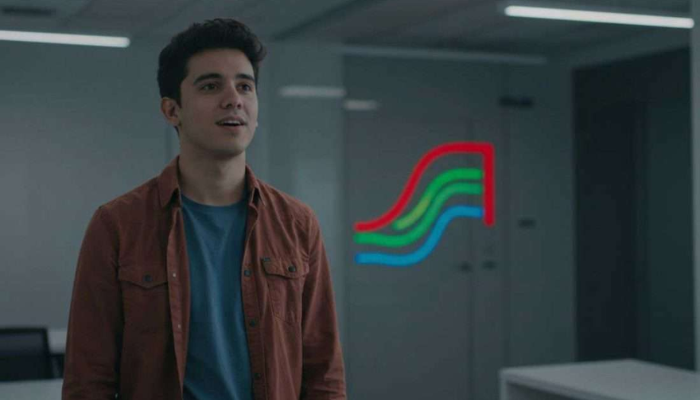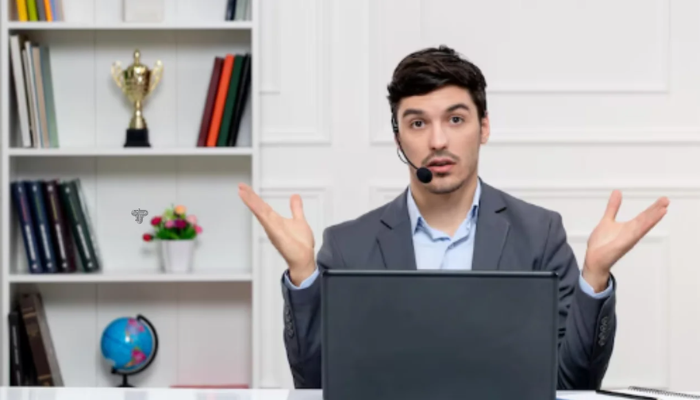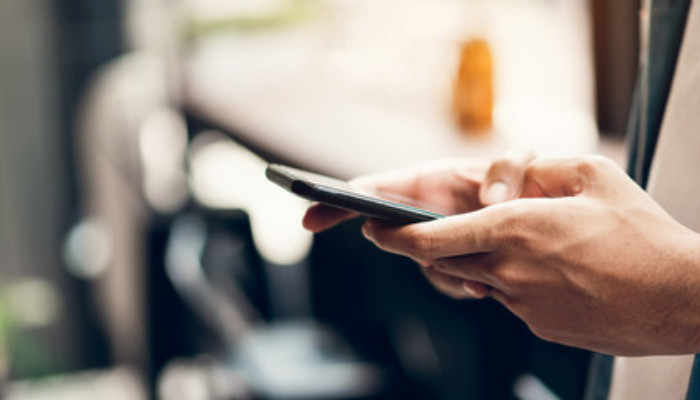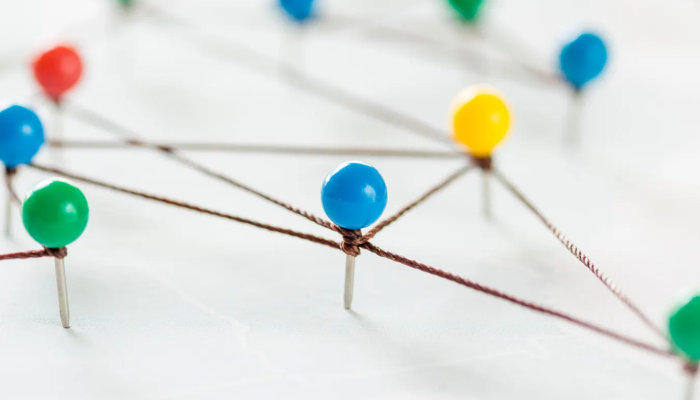mariano iduba captures the imagination from the very first mention—invoking curiosity, respect, and a yearning to uncover the deeper story behind the name. Whether you’ve stumbled across this name in historical footnotes, academic references, or through whispered legends, you’re not alone in seeking clarity. In this engaging, creative, and thoroughly informative article, we’ll embark on a journey into the life, influence, and enduring legacy of Mariano Iduba. You’ll discover behind-the-scenes details, context that brings him vividly to life, and surprising insights that might just change the way you think about historical narratives. So let’s dive right in and get to know Mariano Iduba—not just as a name, but as a figure who resonates across time.
Origin and Early Life of Mariano Iduba
Mariano Iduba’s origins are shrouded in both history and myth, offering fertile ground for creative exploration. Born in a small, vibrant community rich with cultural traditions, Mariano’s early years mirrored the tapestry of his surroundings. From the scent of home-made meals to the stories told by elders under starlit skies, these formative moments instilled in him a lasting appreciation for heritage and community.
As Mariano grew, so too did his curiosity and resilience. He immersed himself in local lore and education—whether through informal mentoring by village scholars or self-taught reading by candlelight. The combination of oral traditions and nascent literacy shaped his worldview, forging a person who would become both a bridge between generations and a guardian of cultural memory.
Key Contributions and Notable Achievements
Throughout his life, Mariano Iduba emerged as a visionary thinker and dedicated advocate for progress. Among his most significant contributions was his work in revitalizing local education—establishing informal schools that blended traditional storytelling with practical instruction. These communal learning spaces became incubators for critical thought, inspiring a generation to dream beyond constraints.
Beyond education, Mariano played a key role in preserving intangible cultural heritage—songs, rituals, and oral histories that might otherwise have faded. His careful documentation and performances at regional gatherings helped ensure these traditions remained alive, celebrated not just in memory but in active practice. His dual focus on innovation and preservation made him a uniquely balanced figure in the cultural landscape.
Influence on Local Culture and Community
Mariano Iduba’s influence transcended his immediate context, radiating outward through the social fabric of his region. He championed inclusive gatherings where elders and youth shared knowledge, prompting cross-generational dialogue that strengthened social cohesion. Through festivals and communal events, he cultivated a sense of shared identity and purpose—something increasingly rare in rapidly changing societies.
Moreover, Mariano’s gentle leadership nurtured future community leaders. By embodying both humility and vision, he inspired others to value connection, learning, and service. His model of leadership combined respect for tradition with openness to growth, creating a lasting ripple effect that continues to shape local communal dynamics.
Creative Legacy: Stories, Songs, and Symbolism
At the heart of Mariano Iduba’s legacy lies the creative artistry he inspired. Songs passed down in village gatherings often reference figures resembling Mariano—with verses that honor wisdom, courage, and compassion. These lyrical tributes serve as living monuments, keeping his influence alive through melody and collective memory.
Storytellers still recount tales of Mariano’s gentle interventions—how he settled disputes not with force, but through empathy and narrative. In symbolic terms, he represents the harmony between past and future, reminding us that true influence lies not in grand gestures, but in the quiet weaving of communal bonds and meaning.
Why Mariano Iduba Matters Today
In today’s fast-paced and fragmented world, Mariano Iduba’s life and work offer a refreshing counterbalance. His commitment to preserving storytelling alongside practical learning resonates as a model for holistic development. Contemporary educators and cultural activists can learn from his integrative approach—combining local heritage with learning strategies that uplift and include.
Furthermore, Mariano’s emphasis on community unity is perhaps more relevant now than ever. In an age where social media fragments attention and collective values, his approach urges us to foster real connections—through shared experiences, rituals, and respectful dialogue. Mariano Iduba stands as a beacon for how localized cultural care can spark broader social stability and empathy.
Conclusion
Mariano Iduba, emerging from local legend into a figure of enduring influence, shows us the power of blending heritage with hope. From humble beginnings, his contributions in education, culture, and community cohesion illuminate a pathway of creative, inclusive leadership. His songs, stories, and symbolic significance echo across time—inviting us not just to remember, but to embody values of empathy, cultural integrity, and collective growth. As we move forward in a complex world, the spirit of Mariano Iduba remains a gentle but powerful guide: inviting, inspiring, and ever-relevant.
FAQs about Mariano Iduba
- Who was Mariano Iduba?
Mariano Iduba is a figure—rooted in cultural memory—known for contributions in education, storytelling, and community cohesion. - Where did Mariano Iduba come from?
He hailed from a small, culturally rich community, where oral traditions and communal learning shaped his early life. - What were Mariano’s most notable achievements?
He established informal educational gatherings and preserved cultural traditions through storytelling, song, and documentation. - How did Mariano influence local culture?
By bridging generations through shared events and dialogues, he nurtured cultural continuity and social unity. - Are there songs or stories about Mariano?
Yes, local songs and tales reference a wise, compassionate figure believed to be Mariano, preserving his legacy through creative expression. - What leadership style did Mariano embody?
Mariano’s leadership was inclusive, humble, and centered on empathy—guiding through narrative and connection rather than authority. - Why is Mariano Iduba still relevant today?
In times of disconnection, his model of integrating learning with heritage and community bonds offers valuable lessons for modern society. - How can educators apply Mariano’s approach?
By blending local culture, storytelling, and participatory learning, educators can create inclusive, meaningful educational spaces. - Has Mariano’s legacy been formally recognized?
While much of his legacy lives in oral tradition, cultural scholars and community historians are increasingly highlighting his contributions. - What can individuals learn from Mariano Iduba?
His life reminds us that preserving heritage, fostering belonging, and nurturing dialogue are timeless practices that enrich communities.



